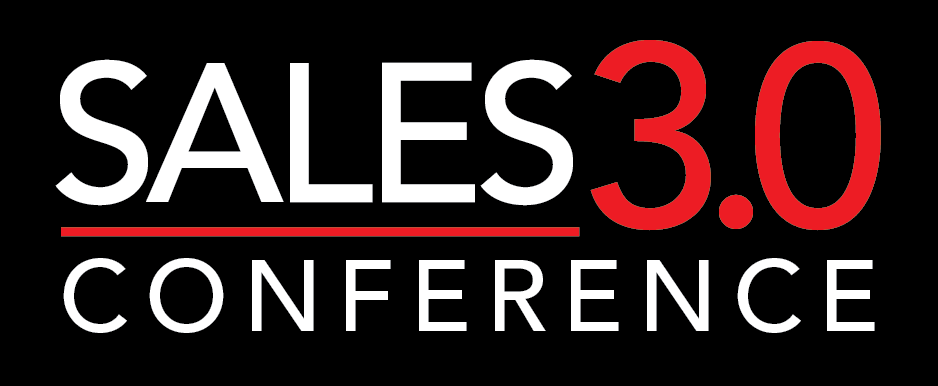As sales leaders and professionals, we all want a large and fluid pipeline. As one sales consultant recently told me, it’s all about “deal velocity”.
If your goal is to improve deal velocity, you should focus on the most fundamental aspect of selling: the sales process.
It’s not sexy, but most sales organizations develop their sales process with little thought. They just use the one that comes in the box with their CRM tool. That’s a mistake.
If your reps struggle to advance an opportunity, differentiate, or demonstrate the value of your solution, it’s most likely your sales process. Maybe it’s something more complicated but it’s the easiest fix and where you should start. It’s like having a problem with your computer. First step, just reboot. If that doesn’t work, then it’s time to call in a technology expert.
Every organization has a process; the question is, is it effective? To determine if your process is the source of your clogged pipeline, let’s look at the two most common flaws I see in almost every sales process I’ve assessed over my last 27 years as a trainer and consultant.
Flaw #1 – The Customer Objective is Missing
The sales process should always be intuitive to the seller, but if you want your customer to agree to the next step in the process, then make it about helping them evaluate their problem and determine the best solution.
So, if you see reps struggling to advance an opportunity, ask a simple question: Why is it in the customer’s best interest to move to the next step? If they can’t answer, maybe you just discovered the source of your problem.
As with most problems in selling, the answer lies in focusing more on how your customers buy than how to sell your solution. So, add a box to the process that says “customer objective” and ensure your sellers can fill it in. Now your sellers can easily articulate why the customer should advance to the next step.
If they struggle to fill in the box, this may reveal the second common flaw in the sales process: the steps themselves.
Flaw #2 – A Boring, Rep–Centric Sales Process
Ultimately your sales process should do two things: help the customer make the best decision and demonstrate the value of your unique solution. Too often, the seller is solely responsible for articulating the value of the solution, and that’s a heavy load. It’s much more effective and scalable to lean on the sales process to carry the burden.
Here’s an example. I never buy expensive wine. My limit is about $20 a bottle. If I take a dream trip to Tuscany or the wine country, I might splurge for a $50 bottle of wine, but normally I just don’t see the value.
A few months ago, I was in northern California for a conference when an attendee asked me where I was headed the day of departure. I explained that my wife and I were extending our trip and headed to Sonoma. They told me their parents owned a winery in the Russian River valley and invited us to check it out.
I may not be a master sommelier, but I couldn’t miss out on a private tour of a boutique pinot noir winery in one of the most coveted spots on the planet.
Long story short, I bought three bottles of pinot noir costing close to $80 per bottle. In one hour at the winery, I went from, “I’m not paying more than $20 bucks” to “$80 is too cheap!” What sold me?
The process.
As I walked the grounds with the winemakers, I experienced first-hand how meticulously every single vine was cared for, watered, pruned, and cultivated.
I saw the investment in technology where a sensor was placed on each vine, measuring disease, nutrient deficiency, pest problems, and water content.
I learned how the wine was picked by hand and then how it’s processed, where only a small number of grapes make into the bottle. Lastly, I headed over to the warehouse where the wine was produced and learned about how long the wine must age in special oak barrels from France to finally become one bottle pinot noir.
As I experienced what goes into a bottle of a fine bottle of pinot noir, not only did I appreciate it, I wanted it. My mouth watered as my senses were engaged.
Here’s the takeaway, sell your process and not your solution. If it’s built in a way that helps the customer experience the benefit of your solution, it’s far easier for you and your customer to win.
If you want to learn more about creative strategies to influence and convert unreceptive customers, check out my book website here.

Tom Stanfill is CEO and co-founder of ASLAN Training, a global sales training company appearing nine consecutive years in the Selling Power Top 20 Sales Training Companies. Since 1996, ASLAN has worked with many Fortune 500 companies, training more than 100,000 sellers and leaders in over 35 countries. He is also the author of the book UNRECEPTIVE: A Better Way to Lead, Sell & Influence, published by HarperCollins.




